|
|
|
| |
| |
|
Middle Vaping and Marijuna - October 2019
|
![Middle Vaping and Marijuna - October 2019]() |
|
|
|
|
|
 | Middle Snapshot
October 2019
Vaping and Marijuana
|
|
|
|
The current legal smoking age in B.C. is 19. It is against the law to sell, give or provide any tobacco and/or vapour products to anyone under the age of 19.
Persons 19 and over can legally possess up to 30 grams of legal dried cannabis or equivalent.
|
| |
|
|
|
Vaping is the act of inhaling and exhaling an aerosol produced by a vaping product, such as an electronic cigarette. Vaping doesn’t require burning like cigarette smoking. The device heats a liquid into a vapour, which then turns into aerosol. This vapour is often flavoured and can contain nicotine.
Vaping devices are usually battery-powered. They may come with removable parts. Vaping products have many names, including: mods, vapes, sub-ohms, vape pens, e-hookahs, tank systems, electronic cigarettes,
e-cigarettes, electronic nicotine delivery systems (ENDS). They may also be known by various brand names.
|
|
|
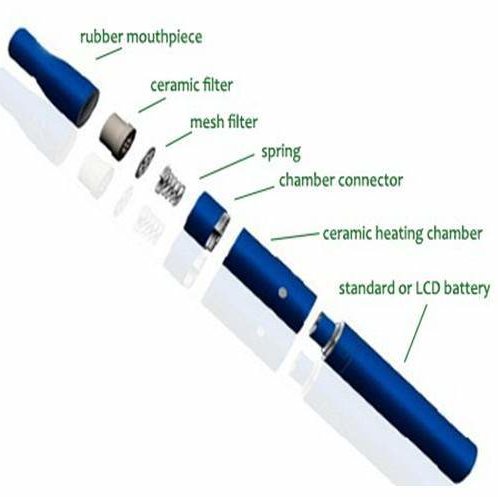
| Most vaping devices consist of a:
- battery
- mouthpiece
- heating element
- chamber, such as a tank or reservoir to contain a liquid solution
Most vaping devices use electrical power from a battery to heat a liquid solution. The heat causes the solution to become vaporized. The vapour then condenses into an aerosol, which is breathed in by the user through the mouthpiece.
Vaping devices are available in many shapes and sizes. Some are small and look like USB drives or pens, while others are much larger.
|
|
|
There are two kinds of vaping devices: open, which means they can be refilled, closed, which means either the whole product, or the part that holds the vaping substances, can’t be refilled.
|
|
|
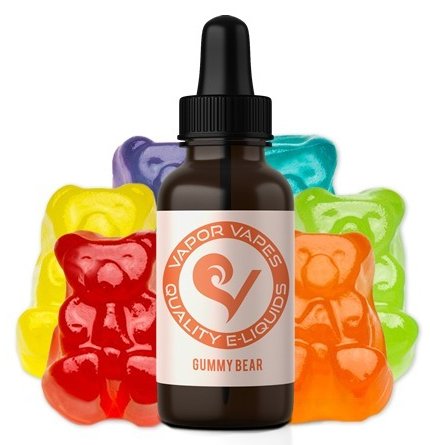 | Most vaping substances available for sale:
- are flavoured
- contain nicotine
- are liquids, but some are offered as wax or herbs
In vaping liquids, nicotine and/or flavouring compounds are dissolved in a liquid mixture. This mixture is typically propylene glycol and/or glycerol (vegetable glycerin). Flavouring compounds consist of blends of chemicals used to make different flavours.
In the vaping substances that contain nicotine, the level of nicotine can vary widely. Some mixtures have very low levels of nicotine while others have more nicotine than in a typical tobacco cigarette.
|
|
|
 |
Contents of vaping VAPOUR
Vaping products produce an aerosol that may contain dozens of chemicals. The ingredients typically found in vaping liquids are also found in the aerosol. They include:
- glycerol
- flavours
- propylene glycol
- nicotine (possibly)
(Government of Canada, 2018)
|
|
|
|
|
TRUE OR FALSE?
1. The vapour exhaled from a vaping device is just water?
2. E-juice does not contain nicotine.
3. Vapour products are harmless.
4. It is illegal to purchase vapour products for minors.
5. More youth aged 15-19 have tried vaping than smoking tobacco
6. Vapour devices can be used to inhale illicit substances
7.Youth vaping may lead to tobacco use
|
|
|
ANSWERS
1. The vapour exhaled from a vaping device is just water? FALSE products do not produce smoke or steam, but rather an aerosol consisting of fine particles, containing varying amounts of propylene glycol, glycerin, flavourings and other chemicals. Some of these have been linked to cancer, respiratory and heart disease.
2. E-juice does not contain nicotine. FALSE tests performed by Health Canada found that about half of e-juices that were labelled “nicotine free” actually contained nicotine.
3. Vapour products are harmless. FALSE Vapour products are marketed as a harmless alternative to smoking. However, Health Canada states that there are health risks linked to chemicals found in vapour products and long term effects of vaping are still unknown. Even small amounts of e-juice can be poisonous to a young child if ingested and can be toxic if spilled on the skin.
4. It is illegal to purchase vapour products for minors. TRUE Vapour devices and liquids are readily available to buy on the internet or at local retailers. It is AGAINST THE LAW to sell, give or provide any vapour products to someone under the age of 19. If you suspect someone is providing vapour products to minors, please contact Island Health Tobacco And Vapour Prevention and Control at 250-519-3426.
|
|
|
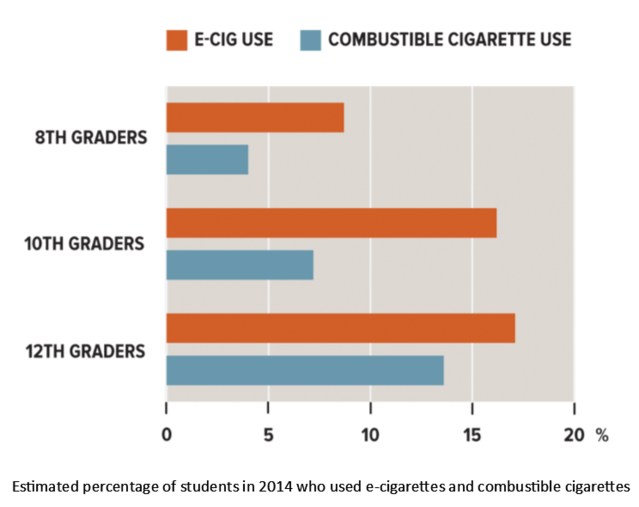
| 5. More youth aged 15-19 have tried vaping than smoking tobacco. TRUE Smoking rates have steadily declined in Canada and BC, but vaping among youth is on the rise. About one in four Canadian youth aged 15 to 19 years report having tried an electronic cigarette.
6. Vapour devices can be used to inhale illicit substances. TRUE Newer generations of vapour devices can be altered for use with cannabis or its components (THC, hash oil) or other substances.
|
|
|
|
7.Youth vaping may lead to tobacco use. TRUE Nicotine is a highly addictive substance. Youth are more vulnerable to addiction because their brains are still developing. There are concerns that adolescent vapour product users may begin smoking tobacco products. A new study by the University of Waterloo found that teenagers who vape have double the risk of smoking tobacco cigarettes.
|
| |
|
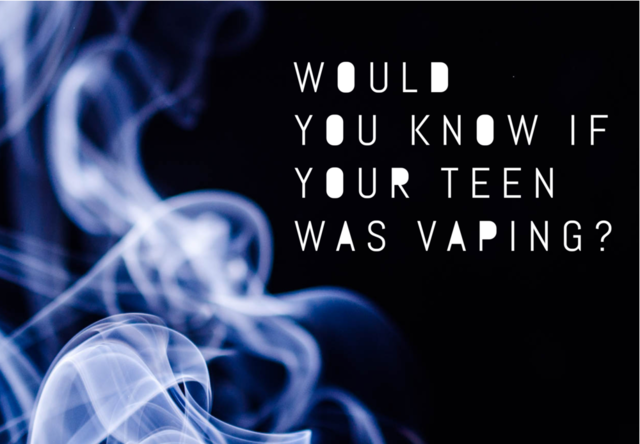
|
WHAT CAN PARENTS DO?
> Start a conversation. Talk with your children and teens about the risks of vaping.
> Educate yourself about vapour products. See the Resources section below.
> Be a positive role model. Don‘t smoke or vape around children.
> Don‘t buy or give vapour or tobacco products to minors.
> Keep vapour products, out of the reach of children and pets. including nicotine refills and empty cartridges, Dispose of batteries in a safe and environmentally sound manner.
|
|
|
|
|
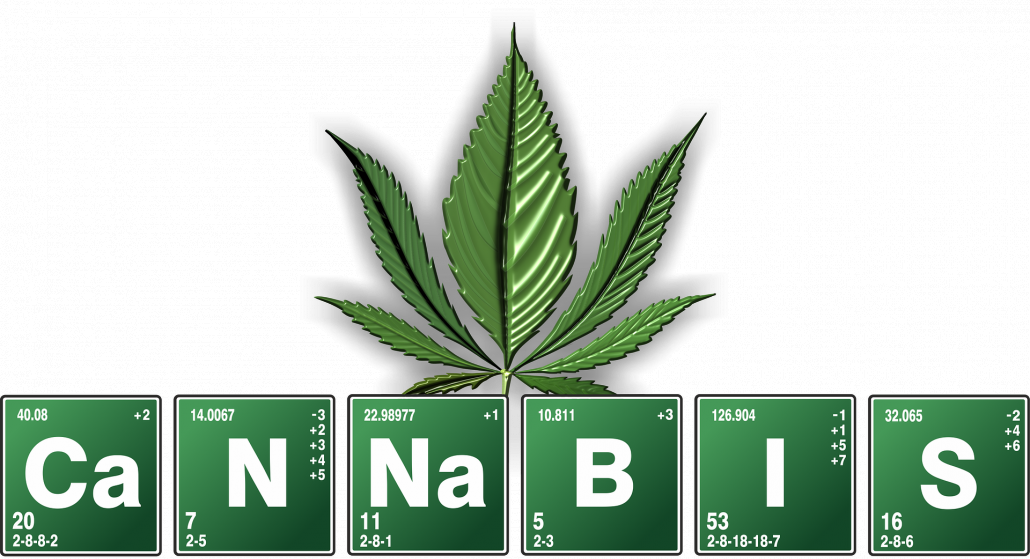
|
ONE
WHAT IS CANNABIS?
Cannabis is a drug that can be produced from plants. The cannabis plant contains many chemicals, including two main active ingredients tetrahydrocannabinol (THC) and
cannabidiol (CBC).
THC affects the brain and produces the high. Over the years, levels of THC have continued to rise. Higher levels can lead to harmful effects.
CBC is currently being studied to determine possible medical benefits.
|
|
|
|
TWO
WHAT DOES IT LOOK LIKE?
Cannabis looks like dried tea leaves usually green or brown. Hashish is made from the plant resin, solid or paste, usually brown or black. A concentrate (aka oil/wax/dabs/shatter) made from the plant is oily, waxy or pasty and usually yellow or brown. |
THREE
WHAT IS IT CALLED?.
Pot, weed, chronic, bud, herb, kush, joint, loud, mary jane, mj, blunt, dab, dope, ganja, grass, hash, reefer, skunk, smoke, trees, wax. Synthetic cannaboids can be called spice, K2, Cloud 9, or mojo.
|
| |
|
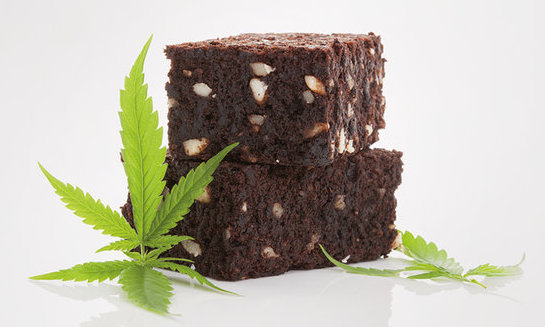
|
FOUR
HOW IS IT USED?
There is no “safe” amount of cannabis. Using more cannabis increases possibility of harm and addiction. Today's cannabis is much more potent in comparison to the cannabis of previous generations (up to 15x stronger).
Inhaled: Rolled into a joint (cigarette) or blunt (cigar) and smoked; through a bong (water pipe) or in a vaporizer (vape). The effects are immediate and last for hours.
|
|
|
Eaten: Usually added to cookies, muffins, lollipops, gummy candy and brownies (aka edibles). Cannabis tea is also an edible. The effects are delayed by hours and can last up to 12 hours. This can result in eating too much and overdosing or getting really sick.
Symptoms of overdose or “greening out” include: vomiting, psychosis, or panic.
FIVE
WHY DO TEENS USE CANNABIS?
After alcohol, cannabis is the most common drug used by Canadian teens. Many people may use cannabis to:
- Get high
- Try something new
- Have fun and relax
- Fit in with peers
- Escape from routine
- Cope or focus
|
|
|

|
SIX
HOW DOES CANNABIS AFFECT THE BRAIN?
The brain is your most important asset. Regular cannabis use can have a negative impact on how your brain grows and develops.
SEVEN
HOW CAN CANNABIS AFFECT TEENS?
Although many teens think that regular cannabis use isn‘t harmful, the reality is the opposite. Regular cannabis use can cause both short and long-term harm. Cannabis may make you feel relaxed, happy or high. But at the same time it decreases your co-ordination and impairs your judgment, problem solving, memory and learning. It can also cause anxiety, panic and psychosis.
Cannabis CAN be addictive. This is called Cannabis Use Disorder. The earlier a person starts using cannabis and the more cannabis a person uses, the more likely they are to become addicted. Using cannabis with other drugs can increase the risk of harm without giving a better high.
|
|
|
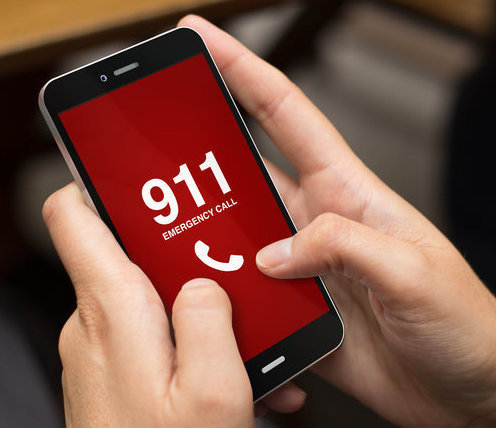 |
EIGHT
WHAT SHOULD I DO IN AN EMERGENCY?
In case of an emergency call 911 and follow these steps (SJSS):
Safe - bring them to a safe place
Juice - if they aren‘t vomiting, give them fruit juice
Side - if they‘ve passed out, lie them on their side and wait for the ambulance
Stay - stay with them to provide reassurance and support
|
|
|
NINE
HOW CAN I LEARN MORE ABOUT CANNABIS USE?
It‘s important to get the facts about cannabis use. There is a lot of misinformation about cannabis out there. Get informed so that you can TALK SMART. Remember, one of the most common factors for using any drug is peer pressure.
Keep the conversation open with your child and access the shared resources for more information.
TEN
WHERE CAN I FIND MORE INFORMATION?
Please explore the list of parent resources provided below.
Source: teenmentalhealth.org
|
|
|
|
|
|
|
|
|
The Greater Victoria School District is committed to providing safe and healthy learning environments for all students. As part of our approach, we have been focusing on mental health and substance use topics to help us promote well-being in our schools.
Substance use is a complex topic that often highlights varied philosophies, myths, and a great deal of fear. The research shows us that early interventions, particularly around critical thinking and decision making, has an impact on delaying use in youth. As well, open dialogue with adults, intentionality around attachment, and a focus on the
| factors that contribute to substance use, as opposed to the actual substances, also prevent, delay and reduce substance use in our students.
Our goal is to create a more cohesive, systematized substance use plan focusing on social emotional learning, that includes our youth and schools, community partners, and families. We strive for a shared vision, common language and consistent messaging over time, in order to support positive youth culture and a healthy perspective on substance use and mental health.
In B.C. the legal age for alcohol and cannabis consumption is 19 years old.
|
|
|
|
|
| |
|
|
|
|
|
|
|
|
| |
|